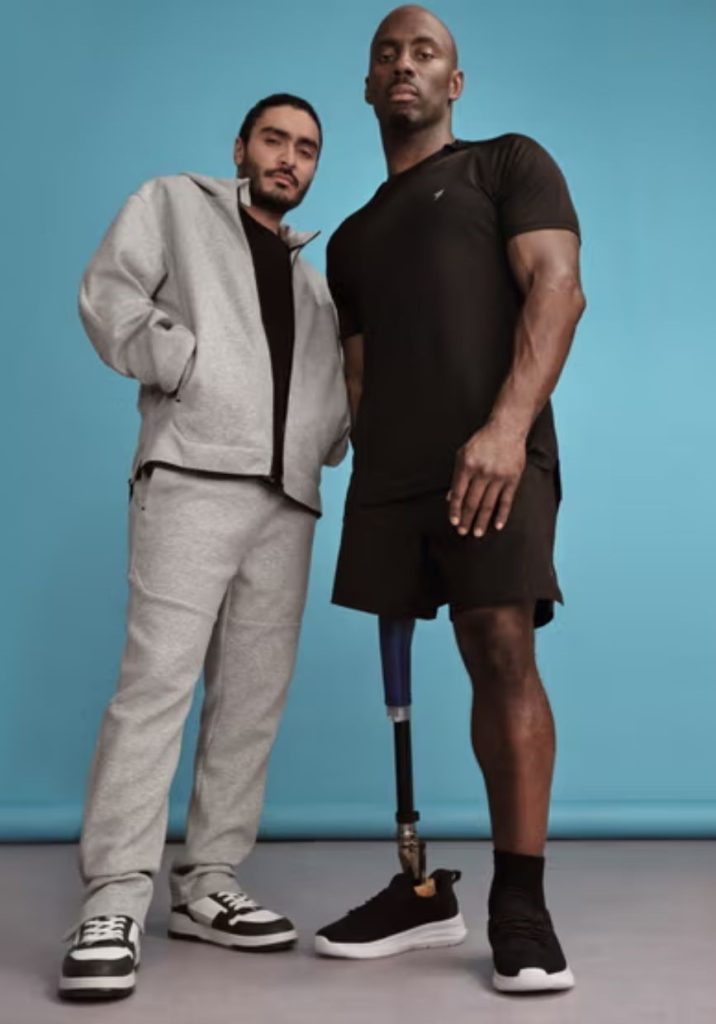
The new 49-piece collection, spanning both womenswear and menswear, is adapted from some of Primark’s bestselling items to suit a variety of needs. In collaboration with Victoria Jenkins, a disabled fashion designer and founder of the brand Unhidden, this range builds on the success of Primark’s adaptive underwear launch last year.
One standout piece generating excitement is a cropped beige trench coat that can be easily put on or removed while seated. At a preview event on Monday, wheelchair users praised the design for its practicality and style.
“This has taken years of campaigning,” Jenkins said. “I didn’t think we’d see adapted fashion on the high street in my lifetime.” She hopes this milestone will push larger brands to follow suit.
Beyond stylish outerwear, the collection includes a host of thoughtful features: trousers with magnetic zips for easy fastening, hidden access points for stomas and insulin pumps, cropped jumpers tailored for seated wearers, and ultra-soft pyjamas. Formal shirts and trousers also come with hidden elastic waistbands for extra comfort.

Selecting which pieces to adapt was a challenge, Jenkins admitted. “We chose things that we could sell the adapted version at basically the same price as the non-adapted one. That was really important, the affordability.”
The price points reflect this mission: adjustable neckline T-shirts start at just £5, while jeans, available in both seated and standing versions, cost £14. Also expected to be bestsellers are the men’s cargo pants (£22) – “a bit 90s grunge, very on trend,” Jenkins said – and a chic little black dress (£26).
Eliza Rain, a disabled activist and fashion vlogger, expressed her excitement about this step forward in adaptive fashion. “Disabled people deserve to look and feel good, and they deserve to be able to buy their clothes in regular stores at a regular price,” Rain said.
Primark’s decision to expand its adaptive range was largely influenced by the success of its accessible lingerie, available since January 2024. Research conducted by the brand revealed a pressing demand for inclusive fashion: 75% of respondents struggled to find accessible clothing, seven in 10 spent more on clothing due to a lack of options, and 80% felt excluded from mainstream fashion trends.

Despite growing interest, adaptive fashion remains rare on the high street. Marks & Spencer has a collection for children and some post-surgery underwear, while specialist adaptive brands tend to be costly.
However, Primark’s head of diversity and inclusion, Charlie Magadah-Williams, believes this launch is already creating a “ripple effect.” She added: “We’re already thinking about what’s next.”
With this move, Primark is setting a powerful precedent for inclusive and affordable fashion. As more brands take notice, the future of adaptive clothing is looking brighter than ever.
Photos: Primark
